Off-The-Shelf Parts You Should Know
The more mass-manufactured parts you use in the things you make, the cheaper they will likely be and the easier they will be to fix. But what parts exist, and what do they do? This guide will introduce you to using the most common parts that you can buy in any local or online hardware store, as recommended by UofR faculty.
Contents: |
Give us your 30-second thought about how we did today!
Nuts and Bolts
Nuts and bolts are strong and stiff threaded fasteners, typically made of steel or brass, used to reversibly hold parts together or anchor them in place. There are many different reasons we need to hold things together, so naturally there are many types of nuts and bolts. The table below lists the varieties most commonly used by students at the UofR.
Threads
Most threads you'll find in a UofR student shop (and the USA in general) will be UTS. Outside the USA, you will mostly find M Thread.
- Unified Thread Standard (UTS aka ANSI/ASME) (Standard System)
- National Pipe Thread (NPT) (Designed for Connecting Pipes, Standard System)
- M Thread (Metric System)
Vibration Loosening
The reversible nature of nuts and bolts means they are prone to loosening under prolonged vibrations. If this is an issue for you, loosening can be delayed with thread-locking compounds and special vibration-resistant bolts/washers. You could also use a permanent fastener like a rivet to avoid loosening altogether.
Bolt Type | Description and Use | |
| Hex Bolt | The most common bolt, has a hexagonal head for making high-strength connections with a wrench. | 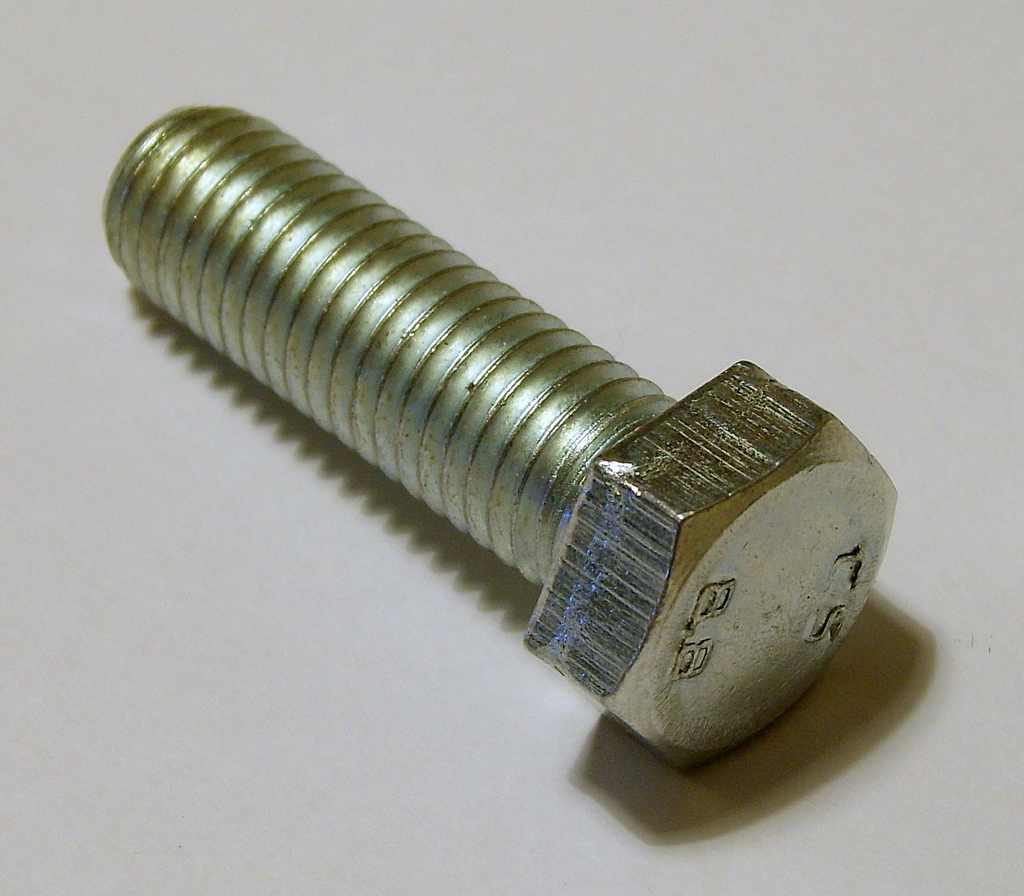 |
| Hex Cap Screw | Looks like a small hex bolt (.011” to 1.25” diameter), but with tighter tolerances and a chamfered end. | 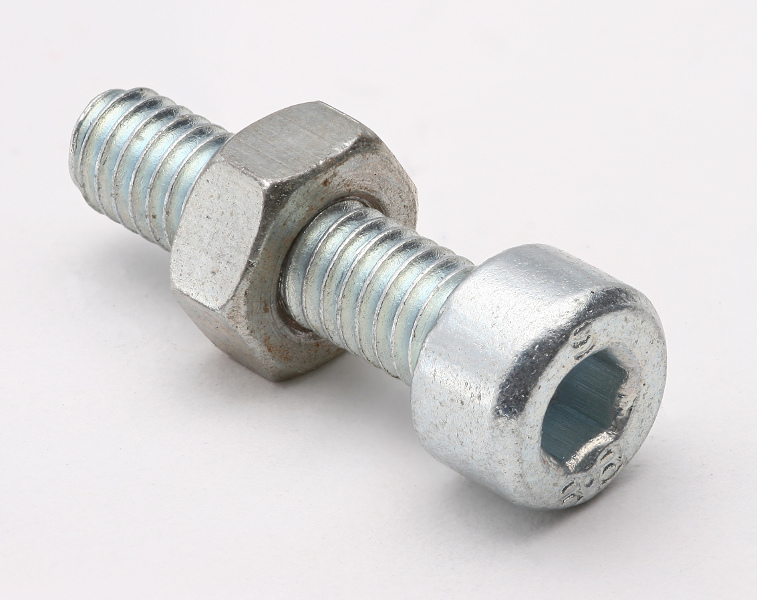 |
| Machine Screw | Same body as a hex cap screw but is fastened with a screwdriver rather than a wrench. | |
| Thumb Screw | A hand-tightened bolt, used in low-force applications where parts need to be unfastened regularly. | 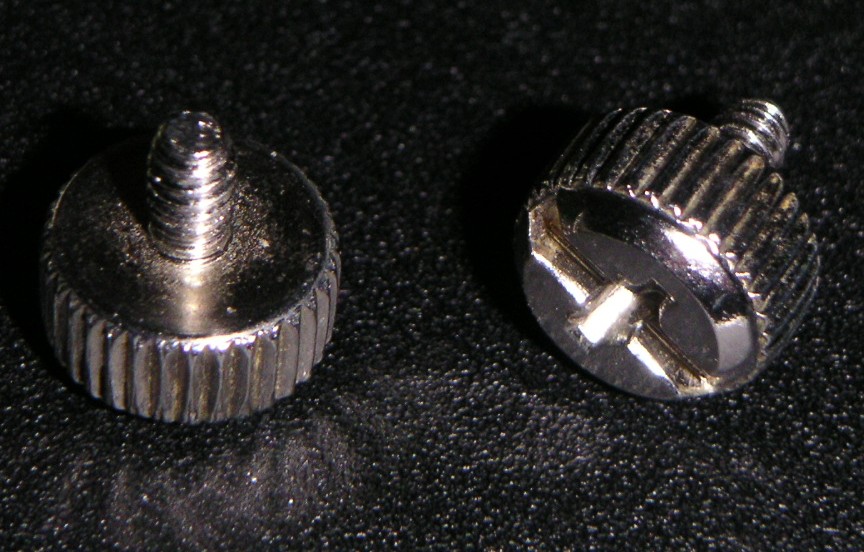 |
| Flange Bolt | A hex bolt with a washer-like plate under the head. Essentially functions to distribute pressure like a washer would. The washer-like section can also have special features for vibration-resistance or self-tightening. | 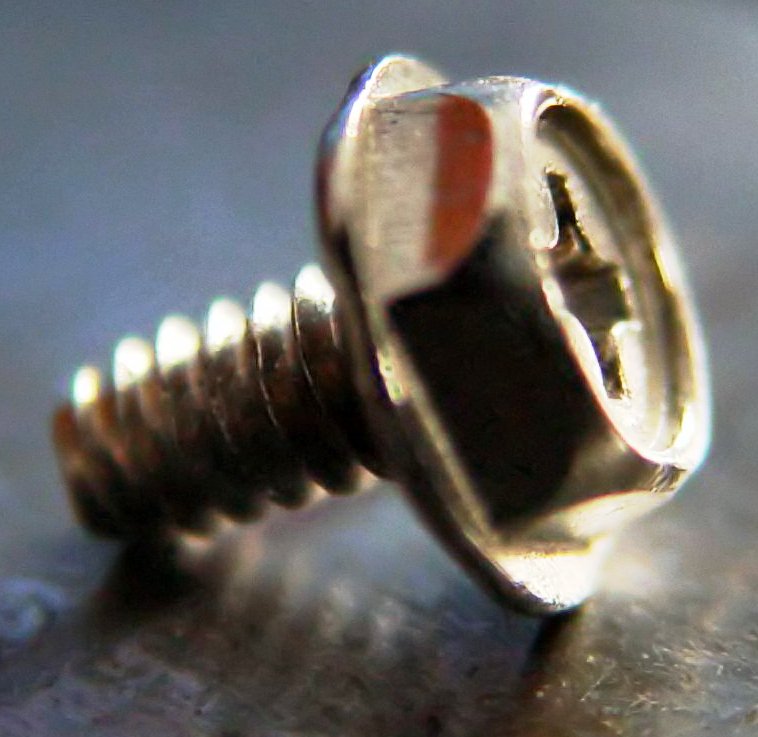 |
| Toggle Bolt (aka Butterfly Anchor) | A bolt with a wide anchor at the end for extra weight distribution. Used to fasten things to weak walls (e.g. drywall) | 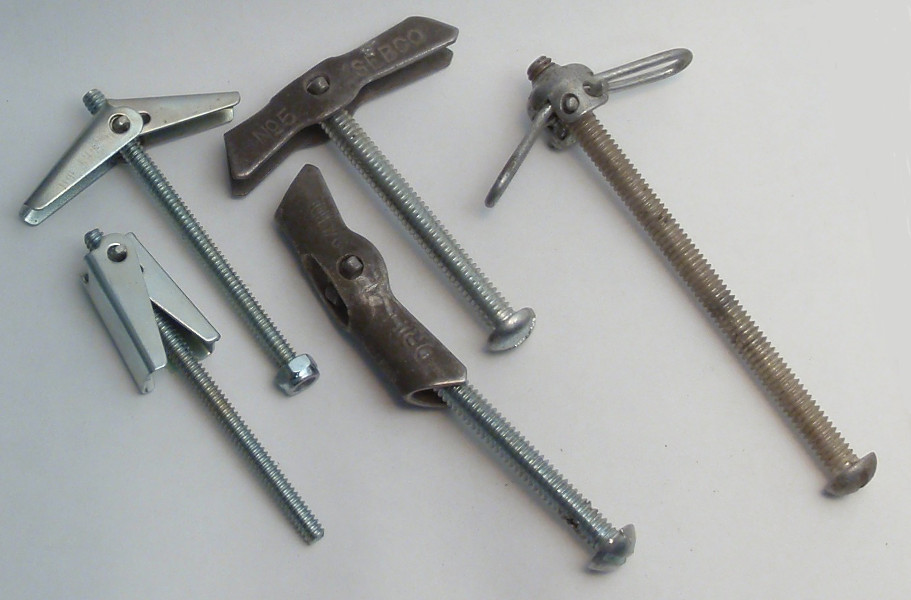 |
| Eye Bolt | A bolt with a loop or hook head instead of a cap. Allows you clip or hang things to it. | 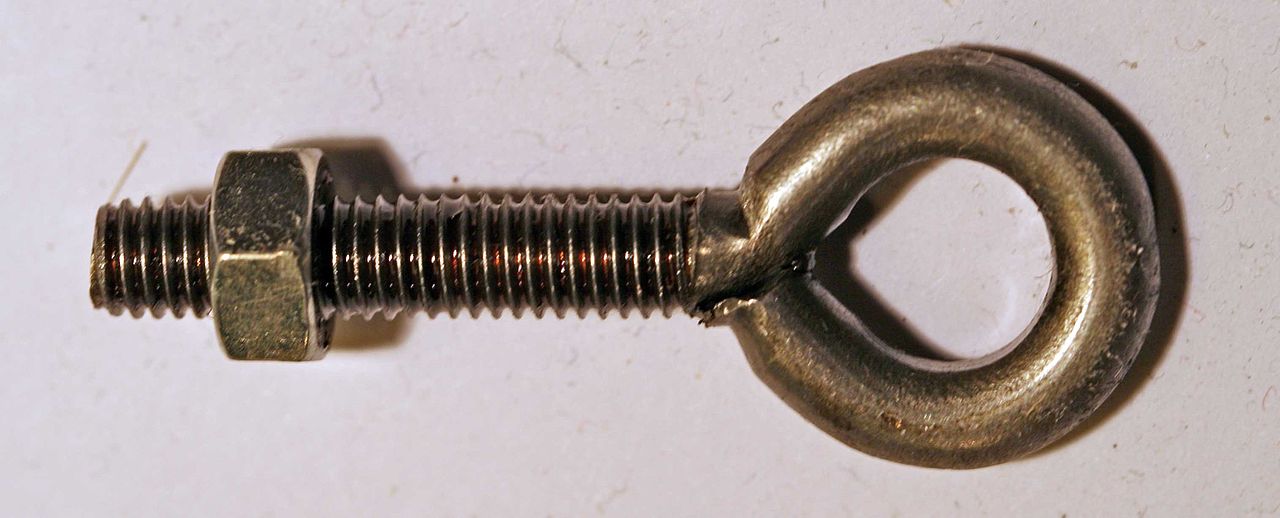 |
| U-Bolt | A bent, U-shaped rod with threads on both ends. Useful for fastening a round shape to a flat surface. | 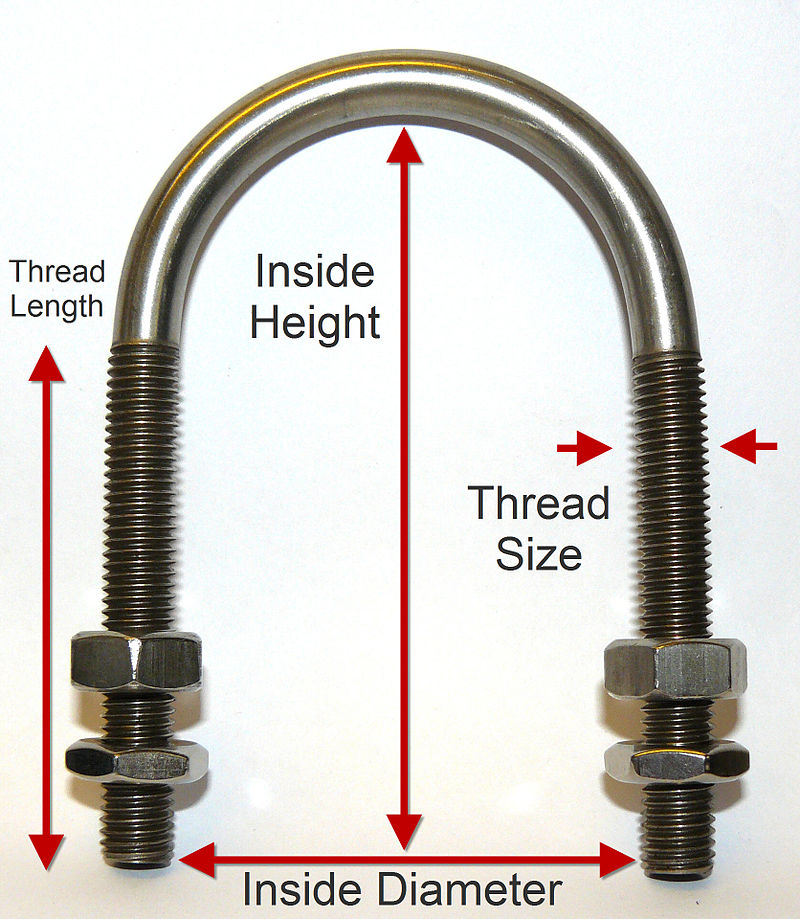 |
| Rod End | A bolt with a pivoting bearing head instead of a cap. Useful for attaching rotating features to a solid surface. |
Wood Screws
Wood Screws are used for the same purpose as bolts, with a special design for use with wood. Because small threads are much harder to make in wood than metal and plastic, wood screws have a sharp and tapered end that cuts into side of an non-threaded hole – it makes its own threads! Using a powerdrill to insert the screw for the first time is highly recommended.
Wood Screw Thread
The helical ridge on a wood screw that cuts into the wood is called a “Thread”. Unlike bolts, wood screws create external threads themselves so thread selection isn't as important.
Pilot Hole Size
The size of the hole you put a screw into (called the “pilot” hole) is very important for success – too small a hole can cause the screw to crack the wood, too large a hole will cause the threads to be loose.
Table of Pilot Hole Sizes for Common Screws
Screw Drives
Wood screws can have different head shapes that your screwdriver or power drill bit will need to match. The following table lists the common types and what they are for.
Drive Type | Description and Use | |
| Phillips Head | Common and easy to use but the inside corners are easy to wear away if you over-tighten or loosen frequently. | 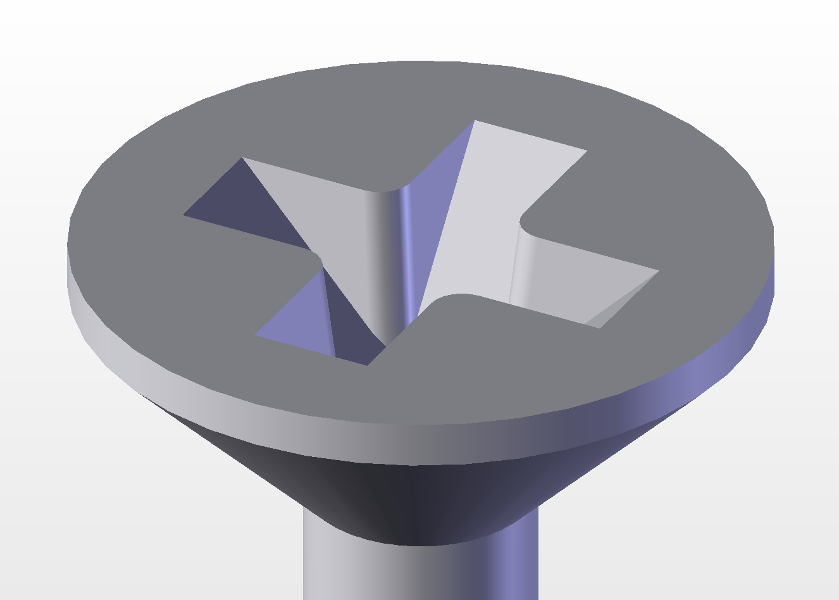 |
| Flat Head (aka Slot Head) | Common and very durable. Keeping your screwdriver in the groove can be an annoying challenge unless you're practiced. |  |
| Torx Head | Uncommon but durable and easy to use. Often found in electronics. | 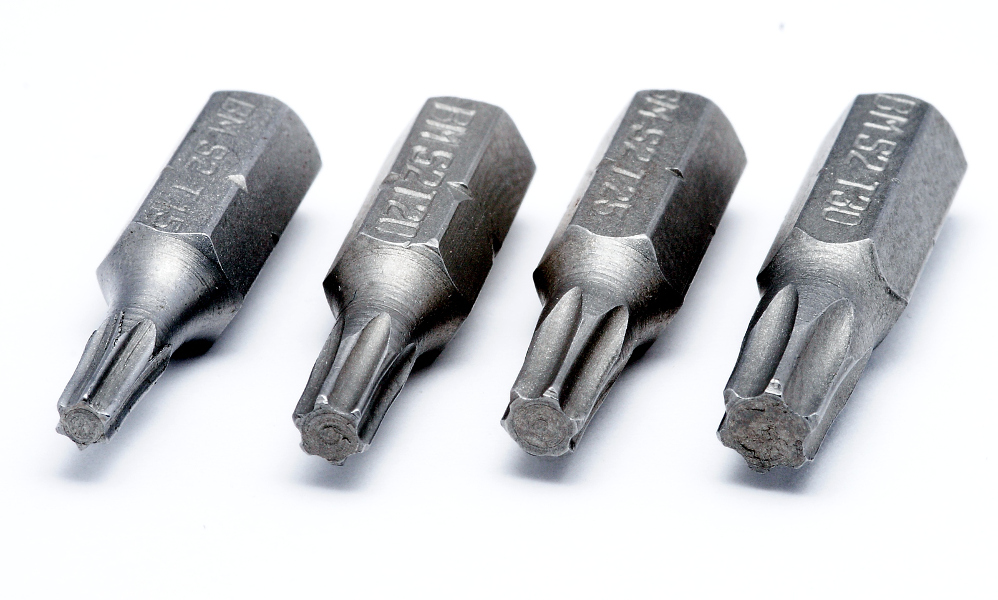 |
| Single-Sided Heads (aka Tamper-Resistant) | Uncommon, these heads can only be tightened. Often used in public fixtures to prevent vandalism. |
Wikipedia carries a more exhaustive list of screw drives.
Nails
Nails are very simple fasteners for wood. They are most useful when forces are only perpendicular to the nail's length. Otherwise they can get pulled out – ring shank nails have added resistance to pull-out. There are a few different types of nails for different applications, and some of the most common ones are listed in the table below.
Pilot Hole Size
The size of the hole you put a nail into (called the “pilot” hole) should be the same size or slightly smaller than the nail. Too small a hole can cause the nail to crack the wood, too large a hole will cause the nail to be loose.
Nail Type | Description and Use | |
| Common Nail | Has a smooth body and moderately wide, flat head. General purpose. | |
| Box Nail | Similar to a Common Nail but with a smaller length and head. Good for more delicate work (less chance of splitting the wood) | |
| Finish Nail | Similar to a Box Nail, the head is designed for aesthetic features (minimally visible) | |
| Tack (aka Push Pin) | Has a very wide head and a very thin, short body. Good for fastening soft, thin materials. | 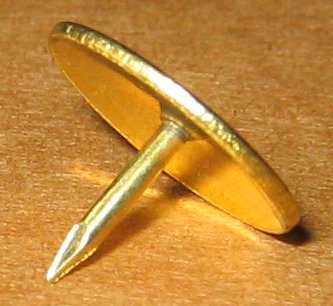 |
| Casing Nail | Similar to a Common Nail, but with a tapered head that allows it to be removed without damaging the surface. | |
| Ring Shank Nail | Similar to a Common Nail, but the body has ridges for extra resistance to pulling out. |
Wikipedia carries a more exhaustive list of nail types.
Rivets
Rivets are used to hold flat surfaces together strongly. They are meant to be permanent connections, and removing them typically involves destroying the rivet. Some of the most commonly-used rivets are listed in the table below.
| Rivet Type | Description and Use | |
| Blind Rivet (aka Pop Rivet) | An easy-to-use permanent rivet for joining sheets. The thin end is inserted into a special riveting tool while the thick end is placed in a hole in the surfaces. The tool deforms the rivet to create a tight connection. Blind Rivet Application (Video) | 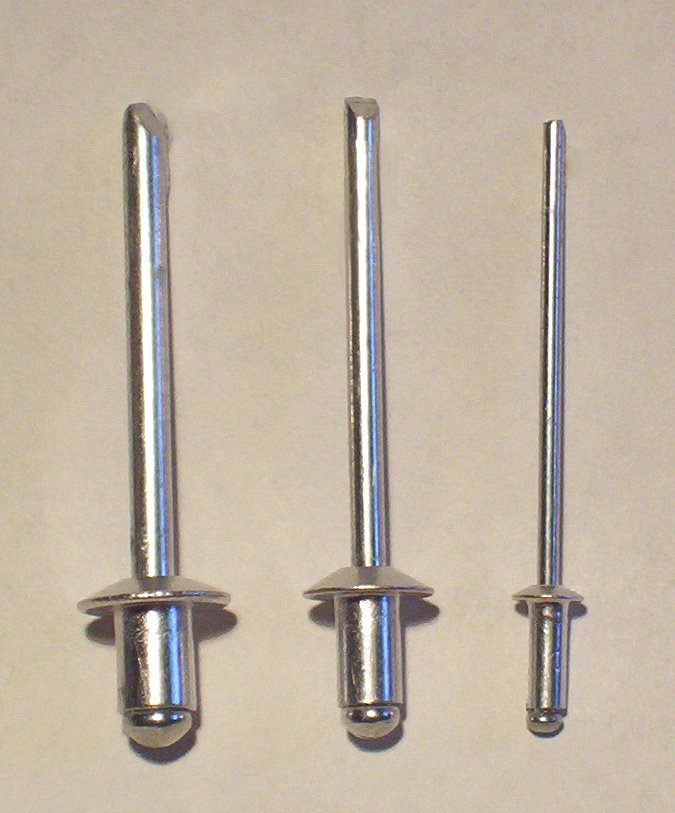 |
| Oscar Rivet | Similar to a blind rivet, but it has a split shaft that curls to create a larger contact area and greater vibration resistance | |
| Solid Rivet (aka Round Rivet) | The simplest rivet, it permanently attaches surfaces by passing through a hole and being deformed. These rivets must be applied near an edge where you have access to both sides, unlike a blind rivet which can be placed anywhere with access to one side. | 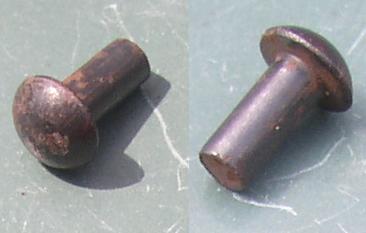 |
| Semi-Tubular Rivet | Similar to a Solid Rivet, but hollow. Requires ~1/4 the force to fasten than a solid rivet. | 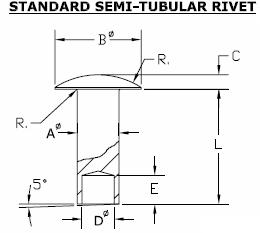 |
| Flush Rivet | Has a flat head, used in combination with counter-sunk holes for aesthetics and aerodynamics |
Washers
Washers are thin pieces of material placed between a fastener and the fastened surface. They are typically used to avoid damaging the surface of a piece by reducing the pressure applied by a fastener. Washers can also be used as spacers, to increase contact friction, and other purposes. The table below describes some of the most commonly-used types of washers.
Washer Type | Description and Use | |
| Flat Washer (aka Plain Washer) | A simple, flat piece of material used to reduce pressure and/or as a spacer. | 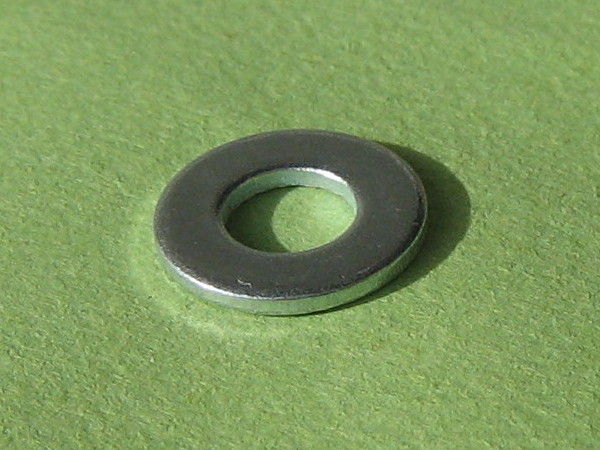 |
| Fender Washer | Similar flat washer but with an extra-large diameter for better pressure reduction. | 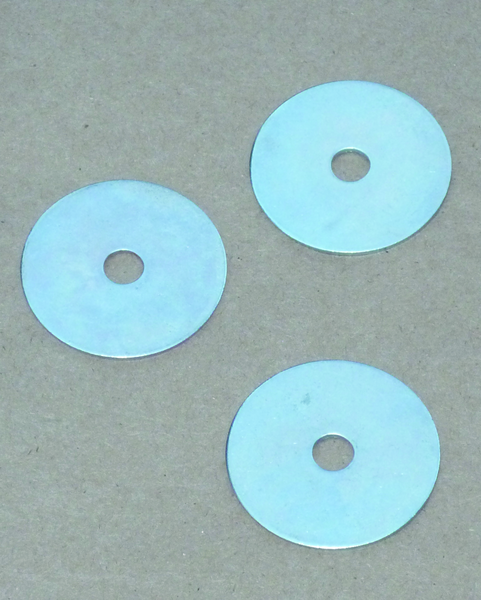 |
| Spring Washer (aka Lock Washer, includes Belleville Washer and Split Washer) | A washer with a spring shape that deforms when the fastener is tightened. Spring washers can be stacked to add various spring elements between the bolt and the surface, and the friction between stacked spring washers applies a vibration-damping property as well. NOT resistant to vibration-loosening, a common myth. | 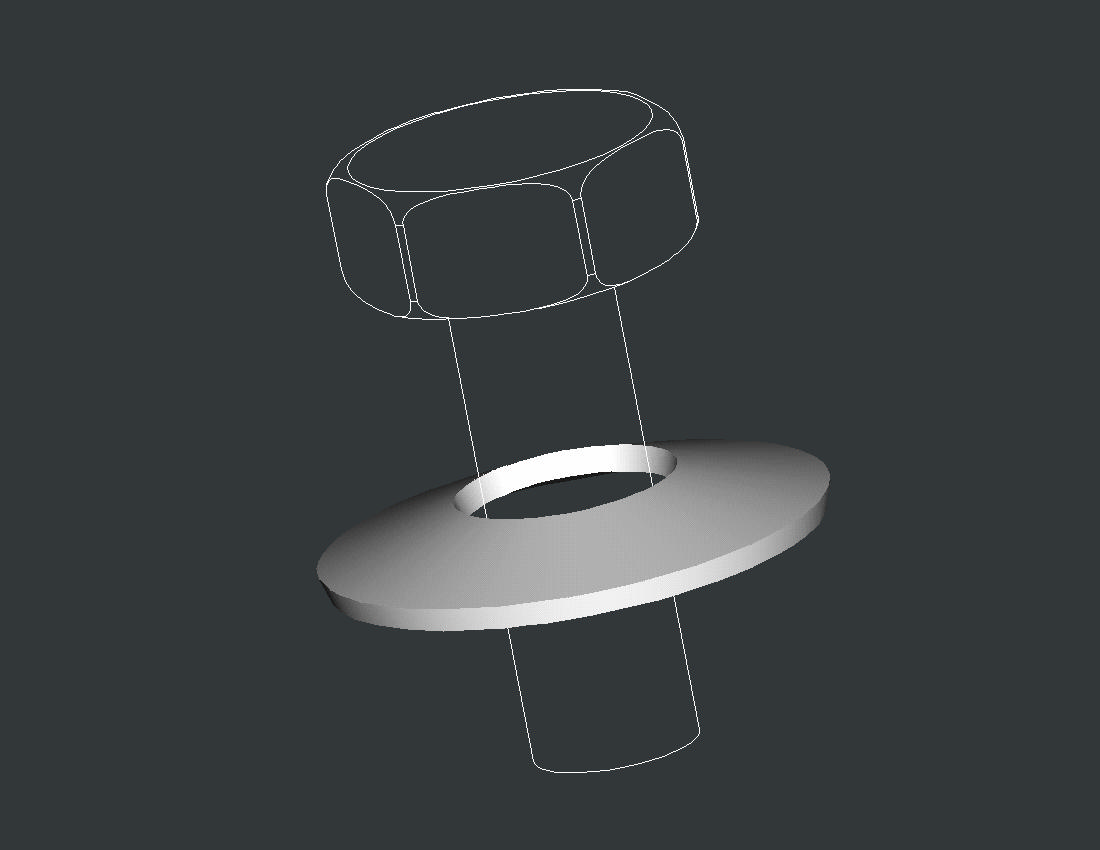 |
Wedge Lock Washer (aka Nord-Lock washer) | A two-part washer that produces an interference resistance to loosening when the bolt is tightened. Resists vibration loosening. | |
Insulating washer | A plain washer of some insulating material. Prevents metal fasteners from touching an electrical current. |
Tubing and Piping
"Tube” and “Pipe” refer to long, hollow extrusions used for two distinct purposes: carrying fluids (pipes) and building structures (tubes). Small pipes are often called tubes and tubes are easily mistaken for pipes. The important difference is that
- Tubes are measured by their outer diameter and wall thickness because they can be used to calculate strength and stiffness.
- Pipes are measured by a number of different standards -- e.g. Nominal Pipe Size, Gauge. Each index in the standard refers to a certain set of dimensions.
